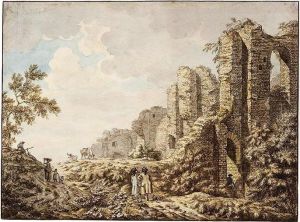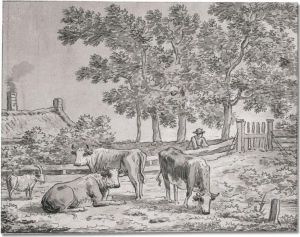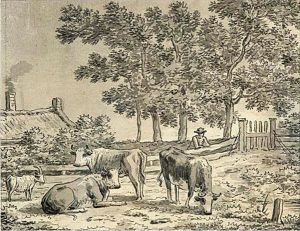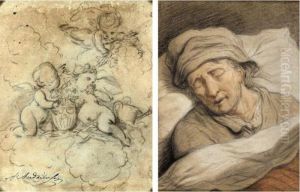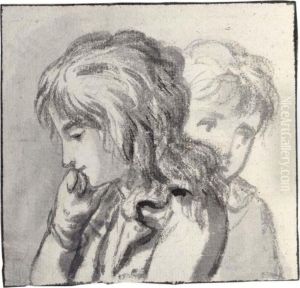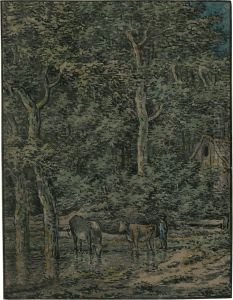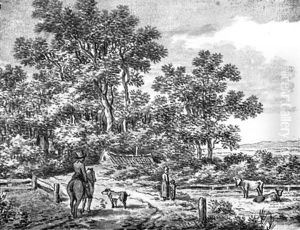Anthony Andriessen Paintings
Anthony Andriessen, born in 1746 and deceased in 1825, was a notable figure in the realm of 18th-century Dutch art, particularly recognized for his contributions as a draughtsman and printmaker. His life and career were primarily anchored in the artistic tradition of the Netherlands, a region historically rich in its cultivation of art and artists who have significantly impacted the European art scene.
Andriessen's work is characterized by its detailed and often picturesque portrayal of landscapes, cityscapes, and daily life, reflecting the Dutch tradition's emphasis on realism and the beauty of the mundane. His ability to capture the essence of his subjects with precision and sensitivity has made his pieces valuable not only for their artistic merit but also as historical documents that provide insight into the life and environment of his time.
Throughout his career, Anthony Andriessen was part of a broader movement in Dutch art that focused on capturing the changing landscapes and urban growth of the Netherlands. His contributions lie not just in his artistic outputs but also in his role in the evolving narrative of Dutch art during a period of significant social and economic transformation. Despite the passage of time, Andriessen's works remain relevant, continuing to be studied and appreciated for their aesthetic beauty and documentary value.
Andriessen's legacy is preserved through his remaining works and the influence he had on subsequent generations of artists. His dedication to depicting his immediate world has left a lasting imprint on the Dutch artistic tradition, making him a respected figure among art historians and enthusiasts alike. His death in 1825 marked the end of a prolific career, but his contributions to the world of art endure, testament to the enduring power of observation and the portrayal of everyday life in art.
